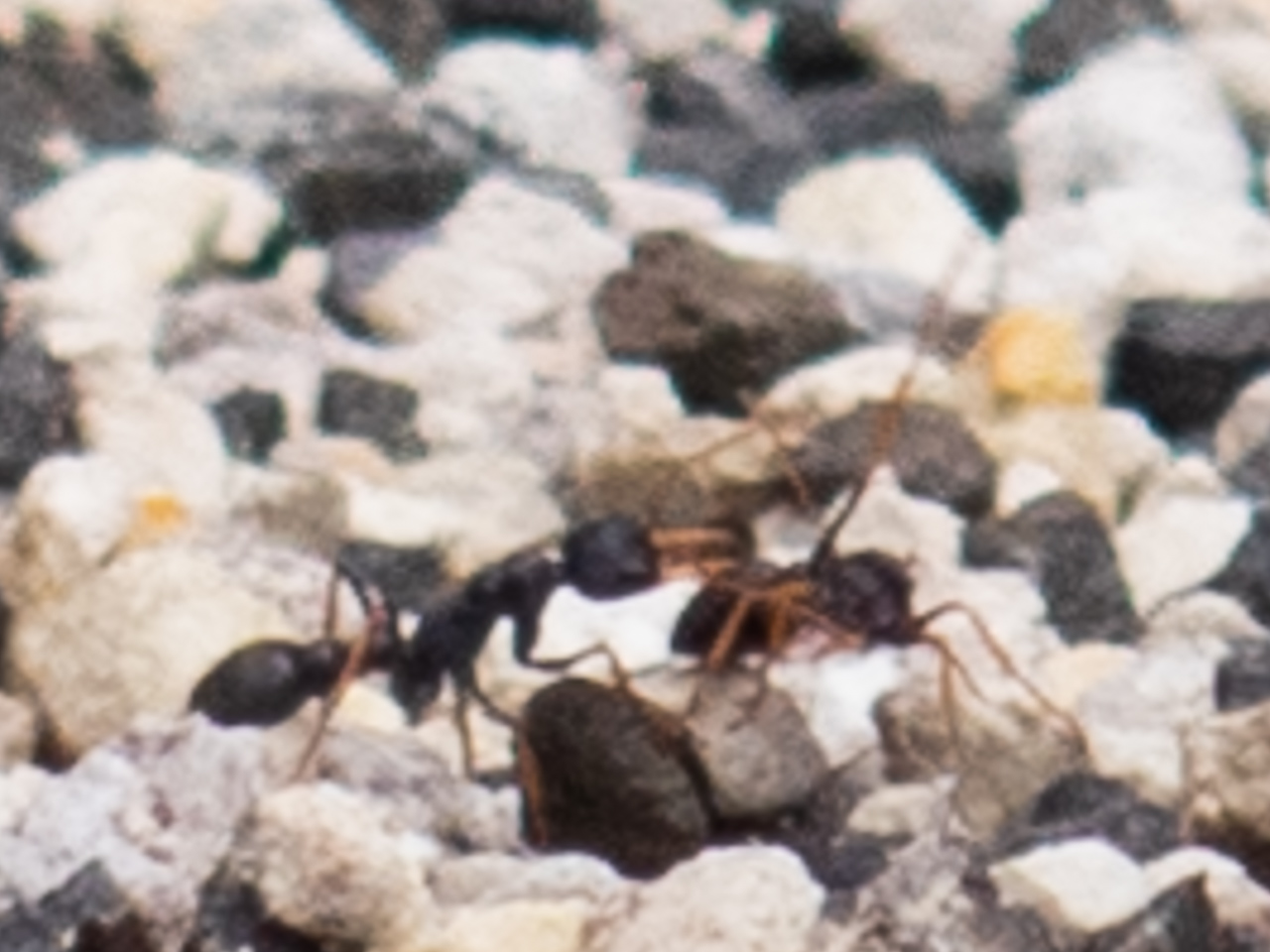
We transferred our clothes into the borrowed backpacks at the town park in Waratah.

Tarkine Trails was scheduled to pick us up at 0800, so we got up early, got ourselves packed, and sat outside the restaurant until it opened at 0730. As we left the restaurant after breakfast, the van was outside waiting, and Rob, our photography expert, was out looking for guests of the tour. We hopped aboard after our bags were loaded along with one other guest, Nick. We headed west out of Launceston retracing the roads we traveled the day before. After a stop in Elizabethtown to pick up the fourth guest, Ira, at the roadside establishment where he and his parents were waiting for the rendezvous. Our route carried us westward with a jog up to the north coast within sight of the Bass Strait (between Tasmania and the Australian mainland). Jo (one of our guides) pointed out the two foot high chain link fence along the guardrails on the seaward side of the highway to keep the penguins off the road. (I was also charmed to drive by a town named “Penguin”.) We turned south at Burnie stopping at the village of Waratah where we swapped our clothes and other items borrowed from Tarkine Trails into the packs we were borrowing. The rollerboards would stay in a locked trailer while we were at the camp. This process would be reversed 4 days later.
We also swapped guides - Danny who was doing the driving up to now, yielded the drivers’ seat to Trevor who would be our guide with Jo.
Driving south about on the A10 highway, we turned off the highway onto a gravel road, and after 15 minutes we stopped near Burns Peak for lunch. Trevor located a nest of jack jumper ants (Myrmecia pilosula), a notably venomous insect whose sting/bite could cause anaphylactic shock in rare cases, for us to examine - at a distance.
We continued on the gravel road another 30 minutes to a nondescript spot in the road where we stopped and unloaded the van, carrying the packs and supplies down a short trail and a foot bridge over the creek. Packs and supplies going up to the camp by power carrier went to the left where Jo managed the operation, while Rob and Trevor led us up the scenic route to the camp on Tiger Ridge.
The central structure at the camp is a long house containing the kitchen, dining, meeting space along with an enclosed fire place, and an open air cantilevered deck. The composting toilet structure is nearby with the individual tent accommodations slightly further out.
After dropping our bags in the tents, we had a foray out into the forest for the first photography session. Rob was trying to get into the forest before the skies cleared and made photography very difficult in the environment of extreme light and shadow. Rob discussed a technique called focus stacking and how to take the shots to stack. So I worked my camera using my iPhone taking a few series to try stacking. I eventually started using the touch-screen control on the back of the camera as it was quicker process.

Jack jumper ants (Myrmecia pilosula) heavily zoomed; I wasn't going to get in range to get a closer photo.

A photo can't convey the size of these huge Eucalyptus regnans trees from the understorey.

Kangaroo fern or hound's tongue (Microsorum pustulatum) and a shelf fungus.

Jonathan amidst the tree ferns; the long exposure required in the shadows results in his fuzzy hand movement.
At the designated time we climbed back up the slope to the longhouse where Trevor and Jo prepared entrée (Americans would call this appetizers) - sautéed mushrooms on lettuce leaves and corn fritters with jalapeño jam and tomato chutney. Our main was “jungle curry” with a dessert of tapioca pudding topped with mango coulis and baked coconut. After dinner Ira and Rob spent time with some astrophotography through the gap in canopy from the deck at the end of the longhouse.
Both Jonathan and I donned our long underwear as pajamas and went to bed wearing socks, as the tent was unheated. We made sure that the flaps were down to retain what heat we generated. It must have worked because we both slept well.
